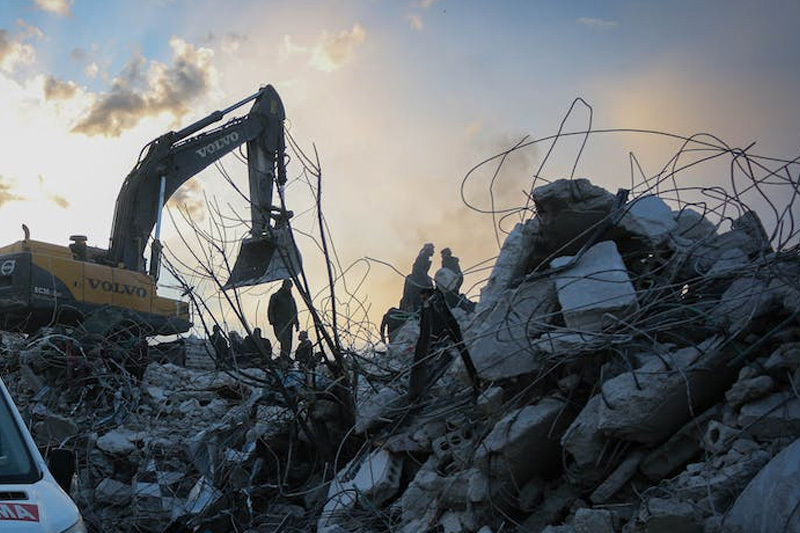
Nepal Earthquake: Why Is The Himalayan Country So Prone To Deadly Tremors?
Last updated on November 6th, 2023 at 03:50 pm
At least 128 people have been killed and dozens injured after a strong earthquake struck western Nepal late on Friday. According to the US Geological Survey, the 5.6-magnitude tremor was measured at just 18 km deep. Buildings shook as far away as New Delhi in India.
According to Nepal’s National Seismological Centre, the earthquake struck Jajarkot, about 500 km west of the capital, Kathmandu, at 11:47 PM. 92 people were confirmed dead in the district, with at least 36 fatalities reported in neighbouring Rukum district.
Growing Population And Weak Buildings
Pushpa Kamal, Prime Minister of Nepal, has expressed “his deep sorrow over the human and physical damage caused by the earthquake.” Videos and photos uploaded online showed locals digging through the debris in the dark to pull survivors out.
Troops were clearing roads and mountain trails that were blocked by landslides triggered by the tremor. However, this isn’t the first time that Nepal has faced such a disastrous earthquake. A 2015 incident claimed almost 8,000 lives, a disaster Kathmandu is still recovering from.
UN Development Programme ranks Nepal 11th on the list of the most vulnerable countries to earthquakes. The growing population and weak buildings further complicate Nepal’s situation as they become the final ingredients in the recipe for a catastrophe.
Keep Reading
Why Is Nepal So Prone To Earthquakes?
In order to understand why the Himalayan country is so vulnerable to seismic activity, it’s essential to get into a little bit of geology. Nepal sits on the boundary of two massive tectonic plates. These land masses are in motion and colliding with one another all the time.
It is the collision that has produced the Himalayan mountains and, with them, the earthquakes. At an annual rate of roughly 5 cm, these are being pushed up against and underneath one another. It may not seem like much. But when this force piles up, a deadly quake is an outcome.




